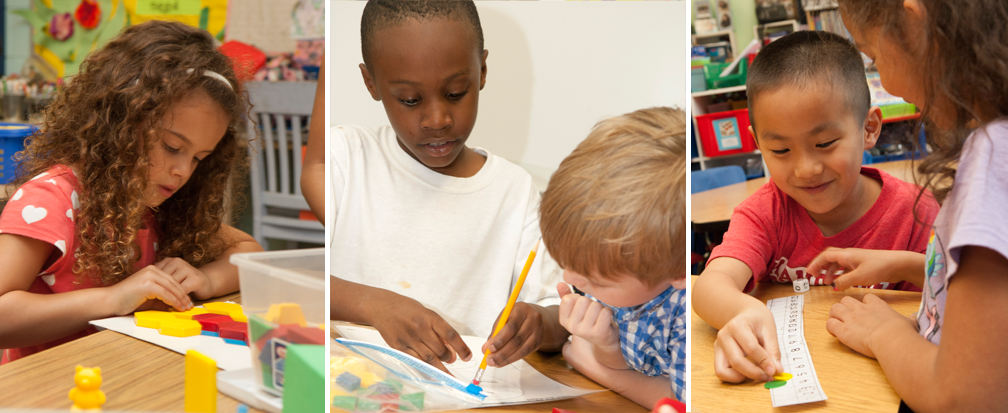Addition Top-It
Basic Game
Materials: A set of number cards with four cards each of the numbers 0-10, a penny (optional)
Number of Players: 2 or 3
A player shuffles the cards and places the deck number-side down on the playing surface. Each player turns over two cards and calls out their sum. The player with the highest sum wins the round and takes all the cards. In the case of a tie, each player turns over two more cards and calls out their sum. The player with the highest sum then takes all the cards from both plays. Play ends when not enough cards are left for each player to have another turn. The player with the most cards wins.
Option: Children toss a penny to determine whether the player with the most or the fewest cards wins.
Game Variations: Use a set of double-nine dominoes instead of a set of number cards to generate addition problems. Place the dominoes facedown on the playing surface. Each player turns over a domino and calls out the sum of the dots on the two halves. The winner of a round takes all the dominoes then in play.
To practice addition with three addends, use three cards.



